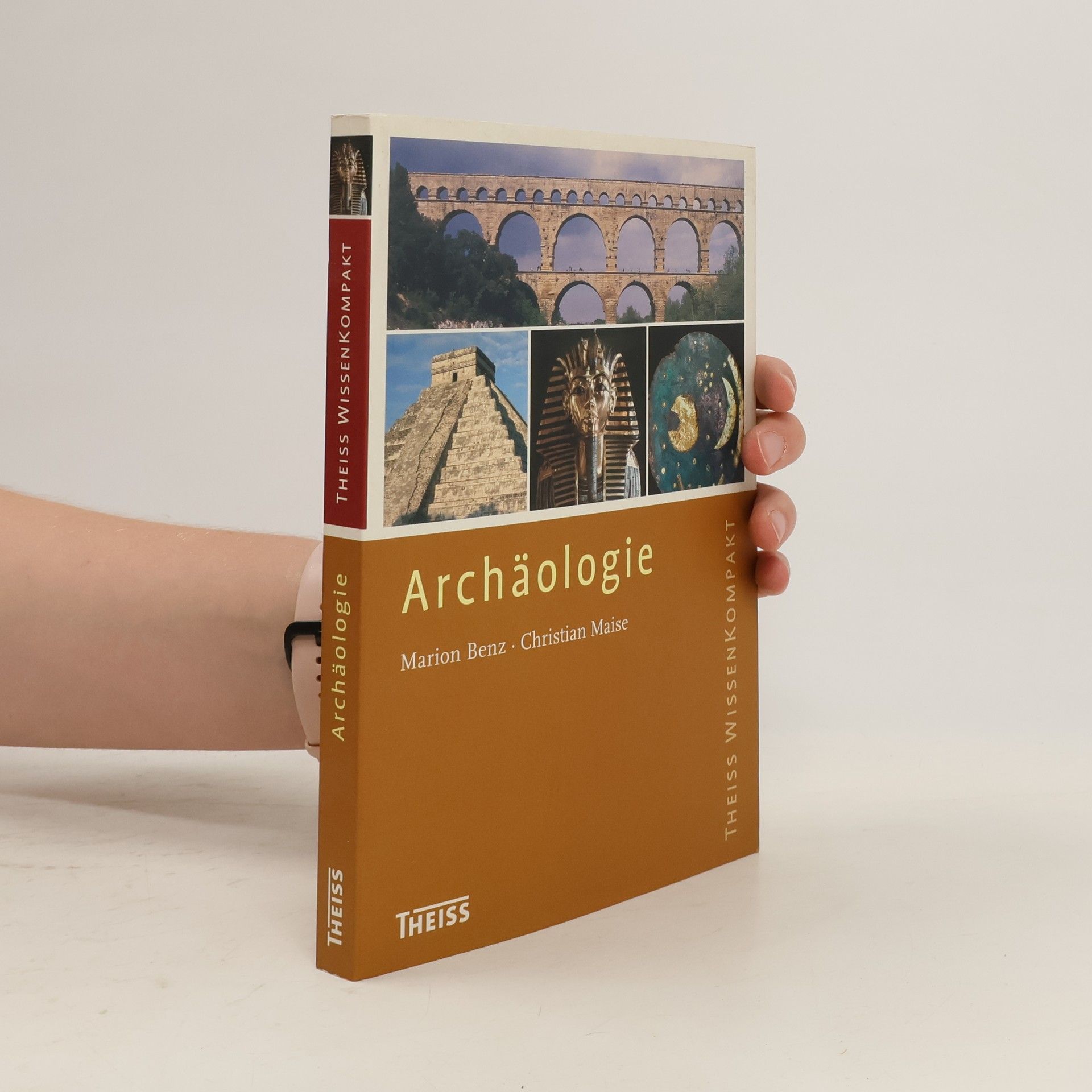Archäologie
- 191bladzijden
- 7 uur lezen
Wie alt sind die Pyramiden von Gizeh, wann wurde Babylon zerstört? Wie war Ötzis Ernährung und welchen Schmuck trug Agamemnon? Die Archäologie gibt Antworten auf Fragen, die keine Urkunde beantwortet – vom Leben und Alltag der Menschen von der Steinzeit bis ins Mittelalter. Die Autoren erzählen von der spannenden Entdeckung Trojas, vom geheimnisvollen Grab des Tutanchamun und den berühmten Höhlenbildern in Lascaux bis hin zu aktuellen Sensationsfunden wie der Sonnenscheibe von Nebra. Mit Spaten und Computertechnik löst die moderne Archäologie die Rätsel der Geschichte. Wissenschaftlich fundiert und unterhaltsam geschrieben bietet Theiss WissenKompakt Archäologie einen einzigartigen Überblick, der zugleich Studenten und ein breites Publikum anspricht.
